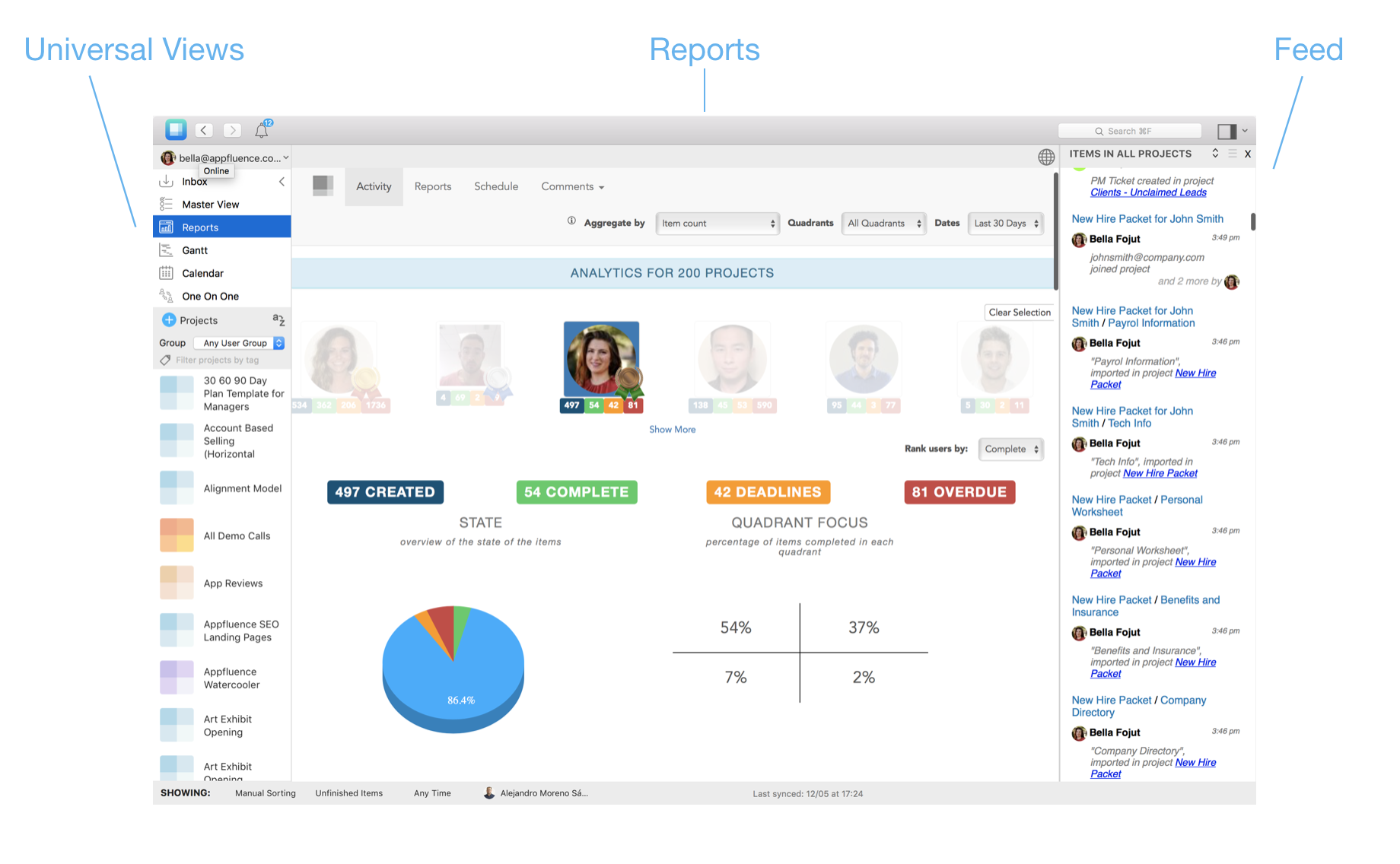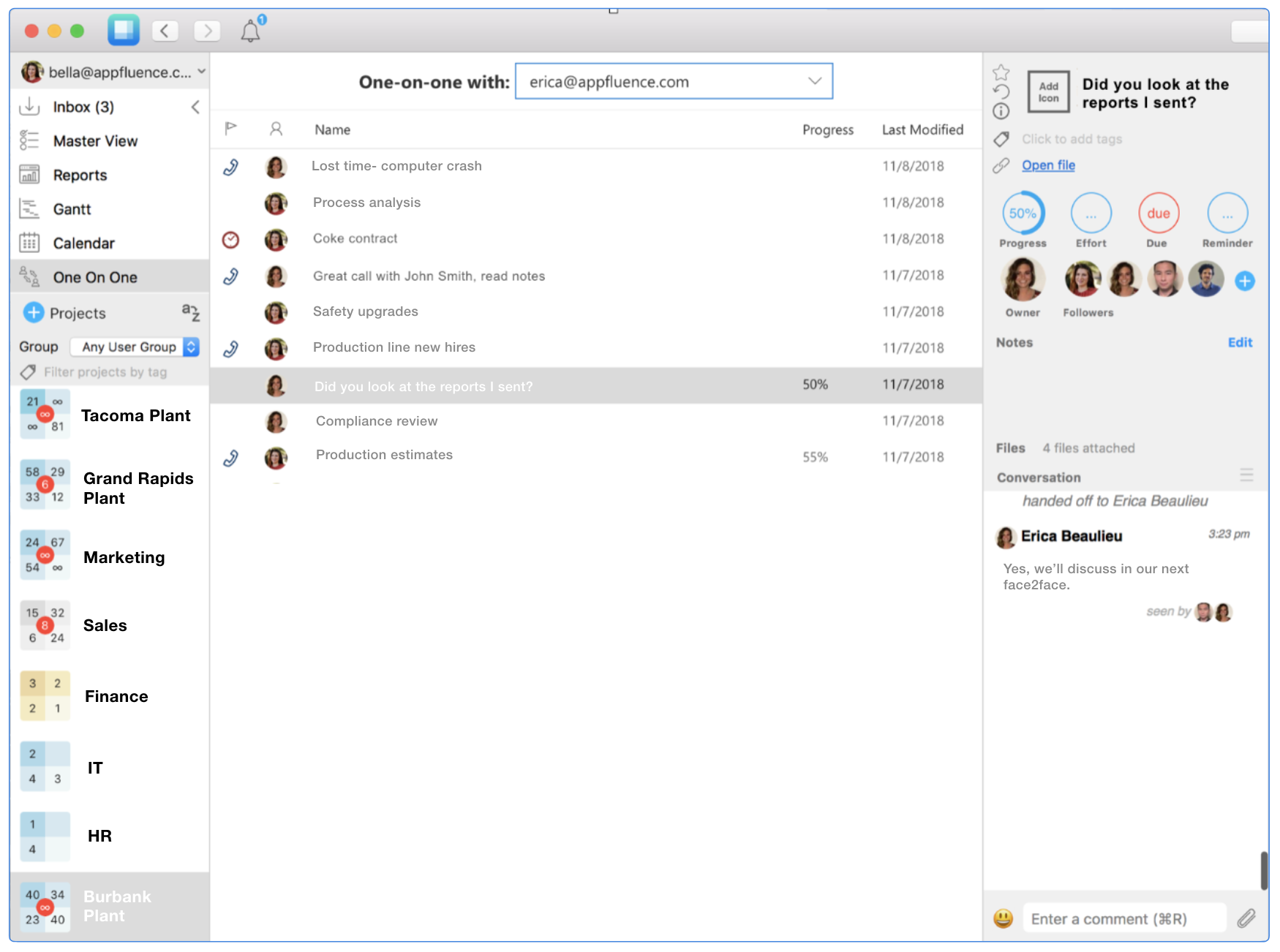Introduction
When taking on the role of manager, people are faced with many important decisions. Perhaps one of the biggest pressures they feel is navigating many types of manager that they see today. Granted, theyhope to be a good manager but there are many different ways to accomplish this. Management style dictates how they will do their job and while it does not directly impact how well they do it, finding the right management style is key. However, there are many additional variables to the outcome as well.
Hands-on Vs. Hands-off
One of the most obvious differences among the many types of managers is whether they are hands-on or hands-off. Each manager will have their own opinion about what style is best. However, it is important to realize that there is not one right answer. Depending on the situation and other skills that the manager brings, a hands-on or hands-off attitude can be either the best or worst things for the company. We are going to look at two examples each of a hands-on manager and a hands-off manager and explore how different choices and practices, not only the management style, determines whether the manager is successful.
Micromanaging or Coaching?
You could characterize both a “micromanager” and a “coach” as a hands-on manager. However, while coaches are lauded for their constant presence, this is the characteristic of micromanagers that drive their employees crazy. For many new managers, it might be difficult to find the line between “engaged and supportive” and simply not letting employees do anything on their own.
Author and founder of LeadershipIQ, Mark Murphy believes that micromanagement happens when leaders are fearful. This fear is because they are not used to not being directly in control of results, as they were when they were an individual contributor. Many of these managers were promoted because of their exceptional skills and they have difficulties because they are not used to having to trust other people’s skills. In addition, managers can find themselves micromanaging when they feel that they do not have enough opportunity to show their expertise. Instead of “finding new areas in which to be seen as an expert,” they comb through their direct reports work to catch mistakes and fix them.
In contrast, managers who use a coaching type management style are present only when needed. This may be often, but again, it is first and foremost for the good of their employees. In addition, a coaching type of hands-on management style emphasizes direction and support in order that the employee can become more and more self-sufficient. While micromanaging does not tend to lead to improvement, only annoyance, coaching has a positive goal that has nothing to do with the managers needs and fears.
In Priority Matrix managers are able to see what is going on so that they can jump in as needed without disrupting their employee’s workflow just to reassure themselves that everything is on track.
When is Laissez-faire too…Laissez faire?
Then there are the types of managers who take a hands-off approach. This type can be called a chaotic management style or a laissez-faire approach. While these names make this practice sound negative, there are many industries and companies that greatly benefit from this. Why is this? Because, with this approach, managers provide expectations to their employees but let them choose freely how they will accomplish the goals. This can be very motivating because employees are often excited to be able to make more decisions. As a result, they find themselves accomplishing more than they thought possible, once given this extra responsibility and freedom. As can be imagined, this is highly positive for situations that require innovation and out of the box thinking.
While there are instances where this approach is beneficial, it is by no means across the board. Many teams that are led by laissez-faire managers are overwhelmed and confused. As a result, inefficiency, confusion and lack of ownership can result. What is the big difference between a hands-off approach that is successful and an approach that wreaks havoc?
One big thing, besides the question of whether or not the industry is compatible with a hands-off approach, is how well the manager knows the people they are letting roam free. An unsuccessful hands-off manager assigns goals to an employee without knowing whether or not they have the skills and energy to be successful. This manager adopts the hands-off method without taking on the responsibility that comes with this method. Successful hands-off managers only take the back seat when they know enough to confidently trust that their employees can handle these extra demands. In short, a hands-off management approach may seem relaxed but it is by no means thoughtless. The successful chaotic or laissez-faire manager knows their team inside and out and uses this knowledge to their benefit.
Helping These Types of Managers Succeed
The good news is that micromanagers and unsuccessfully hands-off managers can definitely find solutions that will help them reap the benefits of their chosen approaches. Often, they just need to make a couple tweaks and Priority Matrix is able to provide them with the support that they need to do this.
Real-Time Visibility for the Micromanager
One of the most frustrating things about having a micromanaging boss is that they are constantly emailing each employee for a status update. Believe it or not, the bosses find this exhausting themselves and would prefer not to do it. Priority Matrix helps managers keep track of status and projects from afar. Having this visibility into team activities gives managers the peace of mind they need to let go of the fear that makes them want to lurk. In addition, the big picture view that the system gives lets managers clearly see what opportunities there are for them to utilize their expertise for a greater good. With the insight that they receive into the status, workflow and direction of the team, the manager can scratch their itch to be seen as an expert by filling previously unseen needs with exciting solutions and initiatives.

Managers use Reports, Universal Views and Live Feed to see what’s going on.
Context for the Manager Trying to Sit Back
Because Priority Matrix tracks tasks, conversation and decisions that each team member makes, managers are able to look back and understand not only what their track record has been but also how they tackle problems. This gives them the knowledge they need to be able to successfully choose a hands-off approach. Priority Matrix can tell managers what team members thrive with more responsibility, are able to deal with pressure and innovate well without direction.

Managers can filter their view to focus on one independent contributor and analyze their individual skills and contributions.
Using Priority Matrix for Both Types of Managers
No matter whether they are hands-off or hands-on, struggling against micromanaging or already an experienced coach type, managers can benefit from the visibility and context that working in Priority Matrix provides.